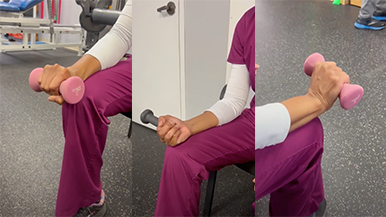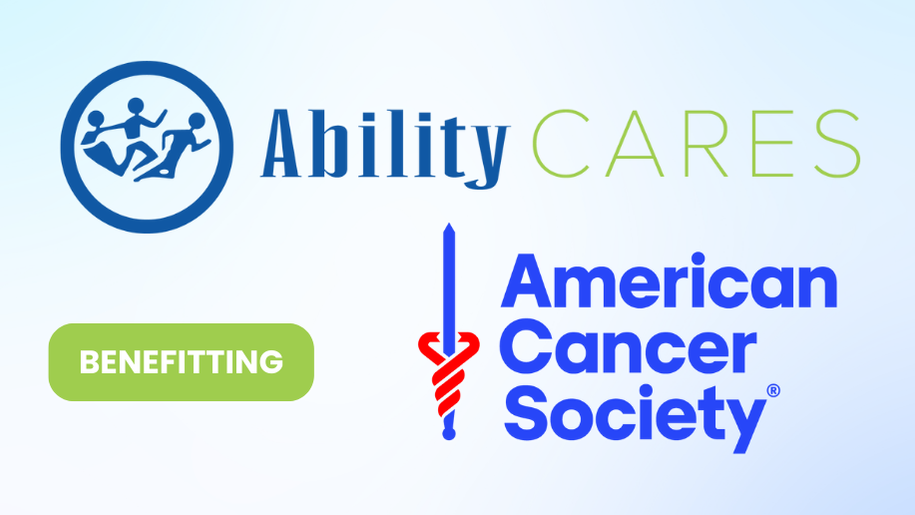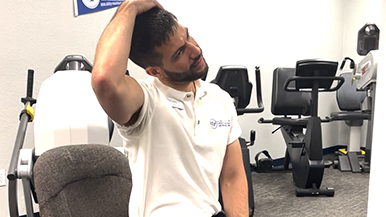What is Arthritis of the Hand?
 Arthritis is an inflammation of one or more of your joints. The most common types of arthritis are osteoarthritis and rheumatoid arthritis, but there are more than 100 different forms affecting people ages 40 and older. When arthritis occurs due to disease, the symptoms are gradual and the cartilage decreases slowly.
Arthritis is an inflammation of one or more of your joints. The most common types of arthritis are osteoarthritis and rheumatoid arthritis, but there are more than 100 different forms affecting people ages 40 and older. When arthritis occurs due to disease, the symptoms are gradual and the cartilage decreases slowly.
Osteoarthritis, known as the “wear and tear” arthritis, is much more common and generally affects older individuals. Osteoarthritis causes the cartilage to wear away and it appears in a predictable pattern in certain joints.
Rheumatoid arthritis is a chronic disease that can affect many parts of your body. The joint lining (synovium) swells, which causes pain and stiffness in the joint. Rheumatoid arthritis most often starts in the small joints of the hands and feet and usually affects the same joints on both sides of the body.
Dislocations and fractures that damage the joint surface are among the most common injuries that lead to arthritis. When properly treated, an injured joint is more likely to become arthritic over time.
Risk Factors for Arthritis in the Hand
Some well-known arthritis risk factors, including your gender and age, are unavoidable, while others, like being overweight, are under your control. Some additional factors that you may not be aware of include:
- Drinking coffee and tea
- Texting
- Broken bones
- Lower index to ring finger ratio
Treatment for Arthritis in the Hand
Arthritis does not result in a painful life. It is very important to seek help early so that treatment can begin and you can return to doing what matters most to you. Reaching out to a physical therapist is the best course of action to begin managing pain. Your physical therapist will be able to assess your condition and provide a treatment and pain relief plan to fit your condition.
Nonsurgical Treatment
Depending on the severity, a nonsurgical treatment plan may help alleviate the pain. Treatment plans for arthritis of the hand and wrist are determined by:
- How far the arthritis has progressed
- The number of joints involved
- The activity level, age, and other medical conditions
- If the dominant or nondominant hand is affected
- Home support structure, personal goals, and the ability to understand the treatment and comply with a therapy program
Medications
Medications treat symptoms, but cannot restore joint cartilage or reverse joint damage. The most common medications for arthritis are anti-inflammatories, which stop the body from producing chemicals that cause joint swelling and pain.
Injections
When first-line treatment with anti-inflammatory medication is not appropriate, injections may be used. A long-lasting anesthetic and a steroid that can provide pain relief for weeks to months. Due to possible side effects, such as lightening of the skin, weakening of the tendons and ligaments, and infection, the injections can only be repeated a limited number of times
Splinting
Injections are usually combined with the splinting of the affected joint, which helps support the joint and ease the stress placed on it from frequent use and activities. Splints are typically worn during periods when the joints are causing pain. When worn, they should be small enough to allow functional use of the hand. However, wearing the splint for too long can lead to muscle deterioration (atrophy). Muscles can assist in stabilizing injured joints, so atrophy should be prevented.
Surgical Treatment
When nonsurgical treatment fails to give relief, surgery is usually discussed. Treatment plans are chosen based on the greatest chance of providing long-term pain relief and return to function. It should be tailored to your individual needs.
Florida is a direct access state and does not require physician’s referral for evaluation and treatment by a physical therapist.



